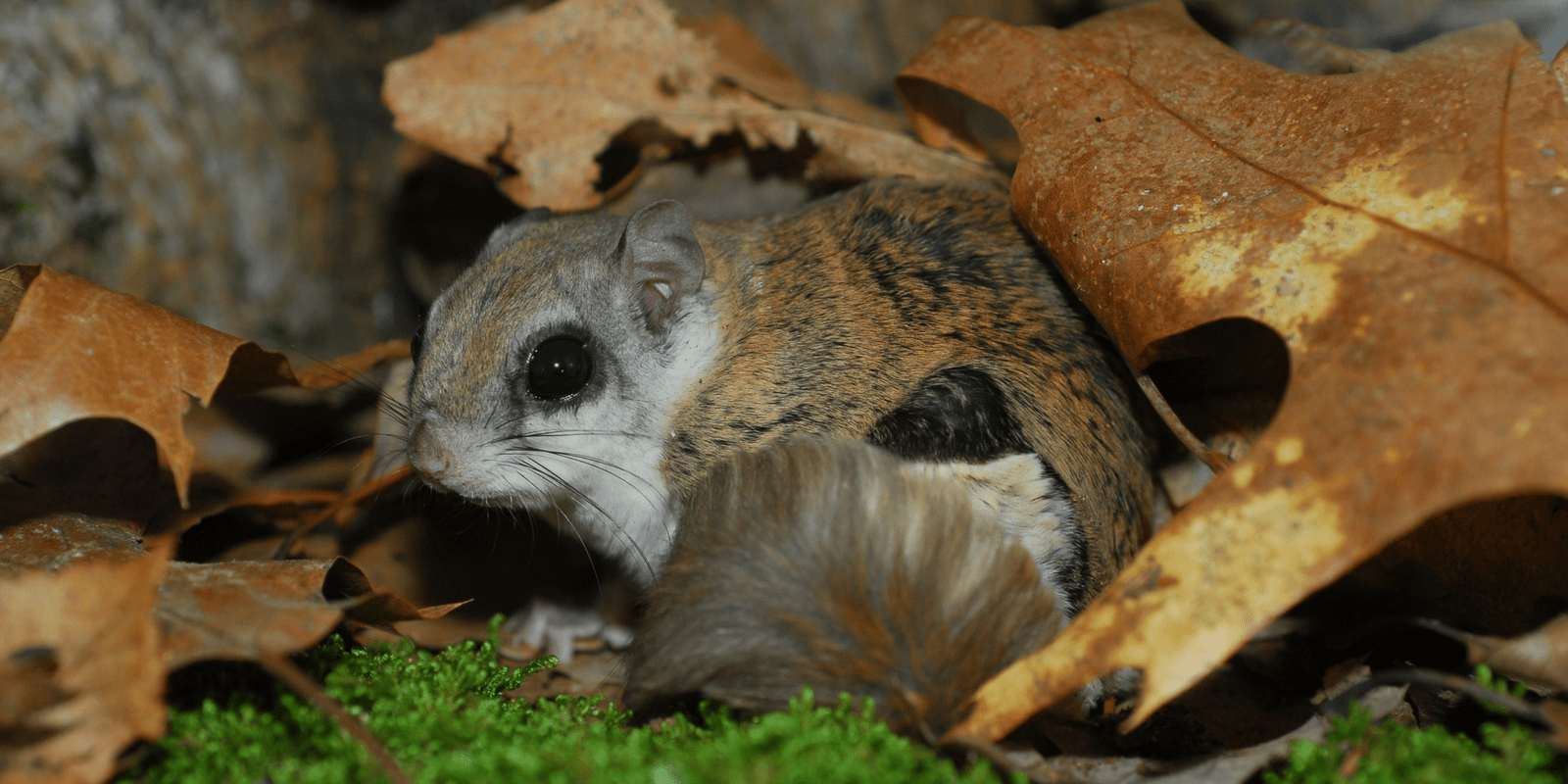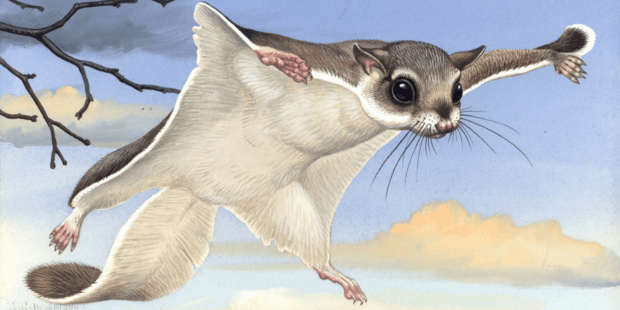We have much more to do and your continued support is needed now more than ever.
Flying Squirrels Need You to Be a Hero for Wildlife

The mighty little squirrel of the night faces tough challenges in some states where it’s losing forest habitat.
Northern flying squirrels can’t live in just any kind of woods. They need big decaying trees for nest homes and plentiful supplies of nutritious nuts, fruits and fungi in the soil. Passing the Recovering America’s Wildlife Act will directly help flying squirrels by funding State Wildlife Action Plans aimed at bringing back species that are at greatest risk.
States ready to take action, once the bill passes, to reverse habitat loss and declines for flying squirrels in trouble include North Carolina, Pennsylvania, Virginia, Washington D.C., Vermont, Massachusetts, Iowa, South Dakota, Wyoming, and Wisconsin.
Be a superhero by taking one simple yet big action to help flying squirrels thrive–and then read on to learn about their “super” powers! Tell your representative in Congress to support and pass the Recovering America’s Wildlife Act.
Act NowThe flying squirrel glides through the air but cannot truly fly, and is about the size and weight of a robin at 9-12 inches and three ounces.
From high in the trees, these tiny squirrels leap into the air and spread their four feet wide to expand their nifty “parachute”. The loose furred skin (called patagium) stretches from the wrists of their forearms to the ankles on their hind legs. To turn in midair, these aerial squirrels expertly flick their tail as a rudder and tenses their legs or body to adjust the shape and tautness of the parachute.

Superlative Gliding Feats
Lightness contributes to the flying squirrels’ long gliding flights of up to 100 meters. While human wing suit flyers can go much farther, they can’t mimic another awesome quality. To slow down for a landing, the squirrel flips that useful tail up and holds its body back to grasp a tree trunk, and then scrambles up.
Seeing in the Dark
Besides gliding prowess, the flying squirrel’s dark eyes are big for a reason. They harbor many more rods than cones, compared to our eyes. That means the dark night for them is as bright as day. All their senses are sharp. Like most squirrels, they sniff out nuts, but also feast on lichen and fungi.
Forest Heroes
The northern flying squirrel, in fact, plays an important role in forests by eating, storing and distributing truffle spores. Some truffles are wildly popular as a gourmet food. These fungi tucked in the complex soils of undisturbed forests help trees access vital nutrients and water.
Please TAKE ACTION today to help save flying squirrels, and all species in decline.





















